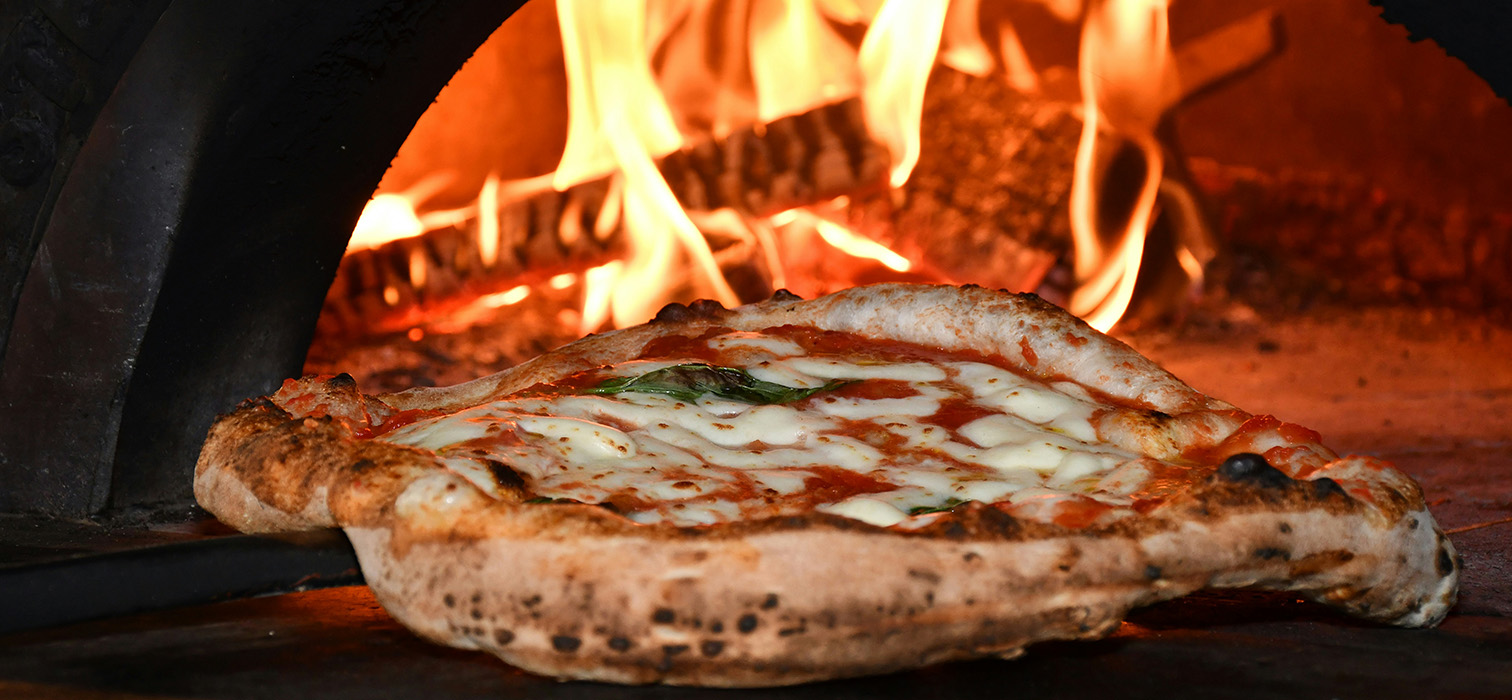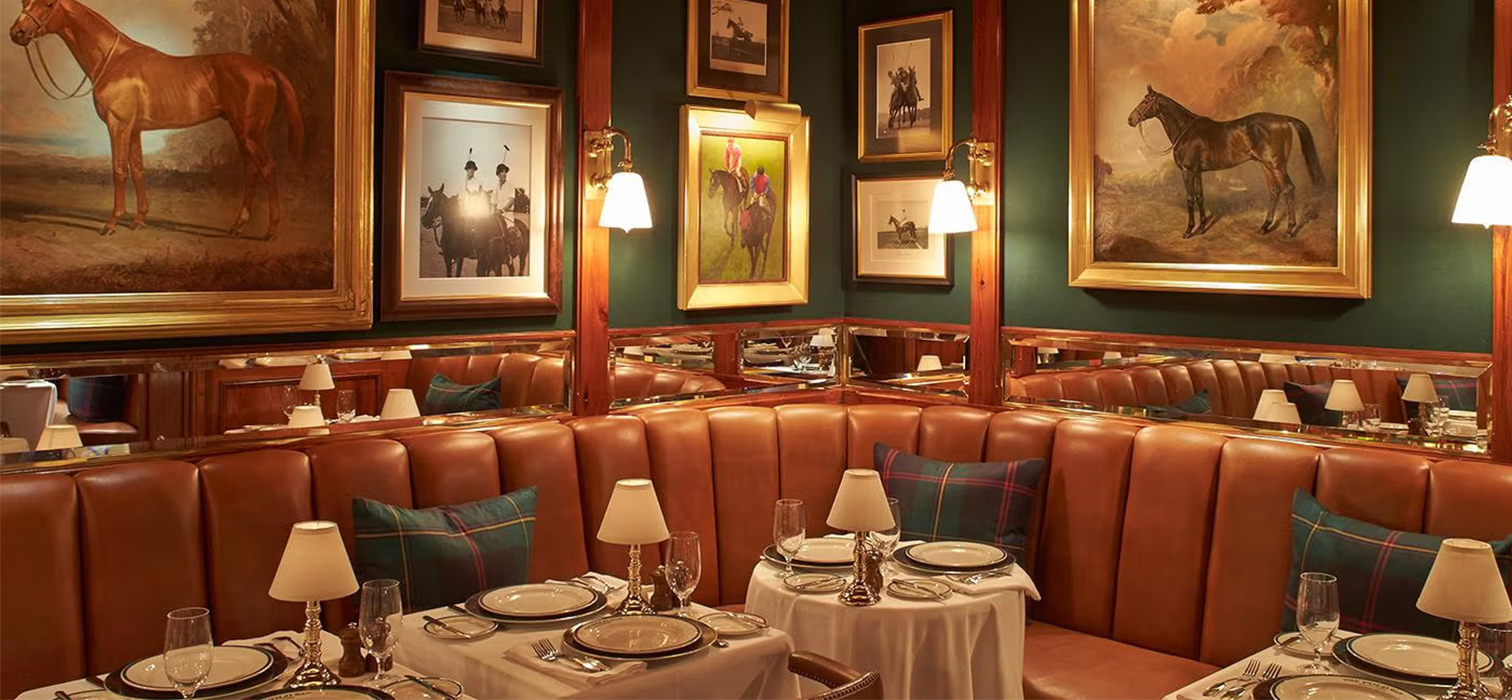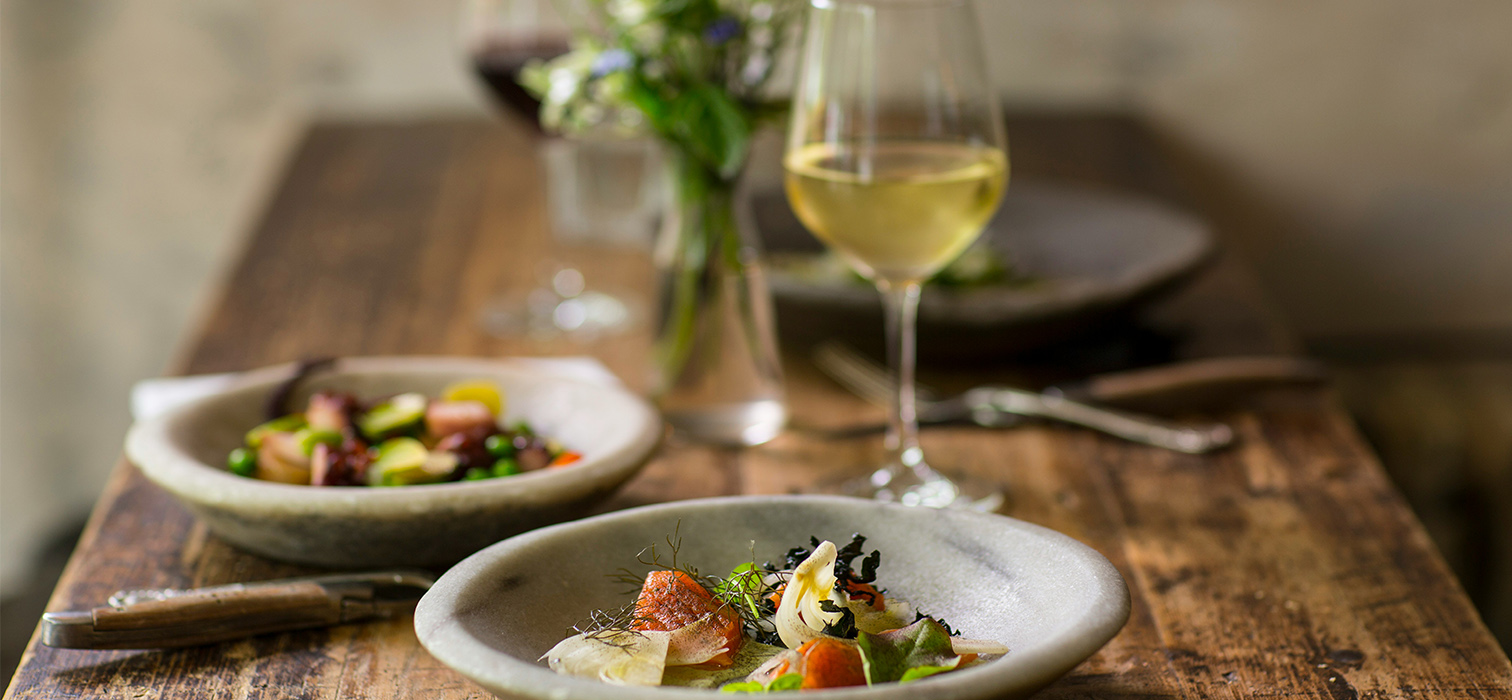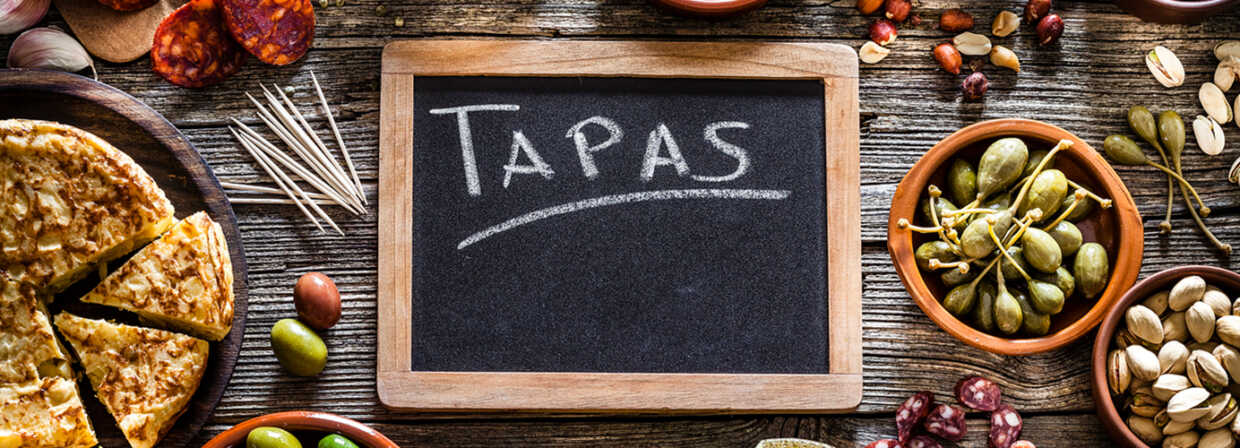
Humble children of world cuisine… We are exploring the rich world of tapas, the Spanish snacks that provide an explosion of flavor despite their tiny size.
Even though there is a bar named after him in Seville today, tapas are not mentioned even once in the novel Don Quixote. But those who read the novel well will know. Cervantes describes the delicious snacks served in tiny portions in such an appetizing way that we understand that the story of tapas goes back a long way. Although it seems to be a close relative of appetizers, the pride of Turkish cuisine, when looked at in detail, it can be seen how dominant the Spanish genes are. With the colorful appearance of hot and cold appetizers served in small portions, and the combination of flavors that appeal to everyone, from seafood to vegetables, tapas tables seem to represent the colors of those sitting at the table with completely different stories. Maybe that’s why it tastes best at crowded tables. Some people choose a Tempranillo wine from the Rioja region, some prefer an Albariño white from the Rías Baixas region, and some accompany it with a Sangria with plenty of ice…
The tastes that woke Alfonso up from his sick bed (probably a little drunk) impressed him so much that the king banned the service of wine in taverns after this date, unless it was accompanied by tapas.
Tapa, which means cover in Spanish, or tapas in its plural form, was not referred to as a food group in Spanish cuisine for many years. However, over the years, these plates, which were served as snacks with drinks such as wine, beer and sherry, have reached such a wide variety that today they are among the prominent flavors of traditional Spanish cuisine. This wide range of appetizers prepared with many ingredients, from seafood to meat, from vegetables to dairy products, is like an amusement park of the gastronomy world. The origin story of this food culture is, of course, as colorful as itself.
It is not known how true the story of King Alfonso XIII is. According to the rumor; the doctors, who prescribed plenty of wine to the king, advise him to eat and drink something, even if small. Don’t ask if such a prescription is possible; it would not be right to evaluate the conditions of the 13th century from today. The king fulfills the wine treatment well, but since he has no appetite, his cooks prepare small, different plates for him. The tastes that woke Alfonso up from his sick bed (probably a little drunk) impressed him so much that the king banned the service of wine in taverns after this date, unless it was accompanied by tapas.
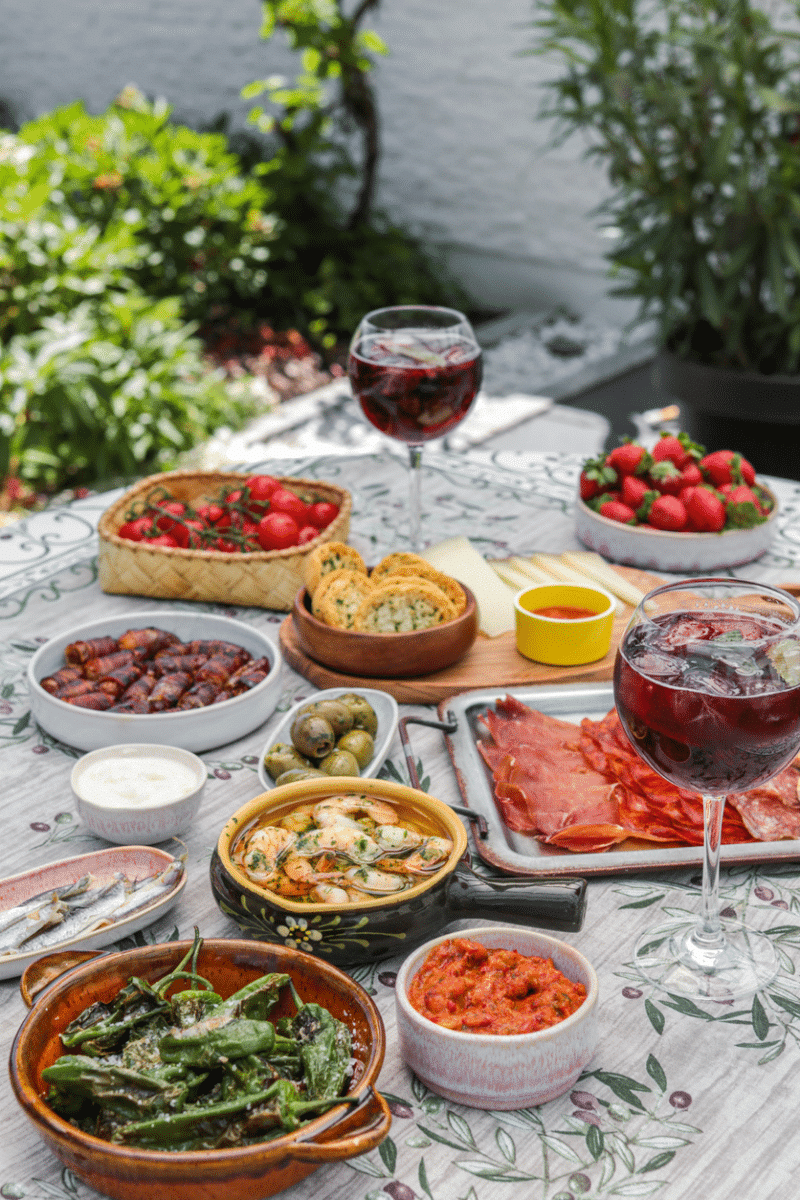
Another rumor is that before the 19th century, small plates were served by inns called Posadas, hostels called Albergues and wine houses called Bodegas. In this environment where customers are travelers, communication is limited due to low literacy rates. Some people want to feed themselves, others want to sell their goods. Travelers can often describe what to drink but not what to eat. The mechanics produce a solution. While trying to sell their food by making them taste a small piece of the food they cook in large pots with the lid of the pot, it also opens the way for Tapas.
The stories are not limited to this. According to some, everything starts with the slices of bread and meat used to cover sherry glasses in Andalusian taverns. Then, it developed with Spain’s delicious olives, juicy tomatoes, red peppers and corn, and the recipes became richer. There are even those who say that the workers of the Middle Ages, who worked from dawn to dusk, emerged with the snacks they took during their short breaks. It has plenty of legends and rich history. It is no wonder that there is a day celebrated every year in November. It is impossible not to be attracted by the rich Spanish appetizers that appear in their most modest form on tables full of different tastes.
El Rinconcillo
Seville – Spain
It is a place founded in 1670 in Seville, which is considered the capital of Andalusia. Although El Rinconcillo has undergone countless changes over the years and centuries, it is one of the ideal places for an authentic Seville experience. He did not stoop to any unnecessary effort to keep up with the times. In addition to the ground floor area, the upstairs dining areas still remain. If the place closes down one day, it is guaranteed that it will turn into a museum. It is possible to watch the development of the tapas culture that has developed over the centuries in this wooden building, which is already impressive with its tiles and high ceilings. Lomo de Lubina a la Cazuela, a casserole of sea bass, Gazpacho, and the charcuterie plates they prepare with hams hanging from the ceiling should definitely be tried. In addition, tapas prepared with seafood are indispensable. If you want to see the authentic face of Spain, you should definitely reserve an evening for El Rinconcillo. It’s worth it just to experience its walls filled with thousands of varieties of wine, its stylish chefs slicing giant hams thinly, and its history-scented atmosphere.
Quimet y Quimet
Barcelona – Spain
One of the most famous tapas restaurants in Barcelona is Quimet y Quimet. It is always full of local and foreign tourists. Because this is not only the address of those who are fond of taste, but also one of the first places where guides bring tourists. There is no need for a great effort to fill the place. Because even 30 people are enough. Don’t be afraid, this place is already ideal for fast food. Famous for its scallops, sardines and oysters, as well as more than 500 types of wine and liqueurs displayed on its walls, the place has been in service since 1914. Most of the appetizers served are cold and prepared at the bar. Additionally, their extraordinary sandwiches prepared with salmon, truffle honey and artichoke are among the indispensable items. Don’t look for peace in this centuries-old winery. Because this is the address of lots of conversation, loud noises and extraordinary flavors tasted in chaos. It was not for nothing that Anthony Bourdain loved this place, we have to give him his due. Don’t forget to try the caviar tapas at this place, which gained a lot of popularity after giving a reference in No Reservations.
Paco Meralgo
Barcelona – Spain
The play on words in its name exactly describes this place. “Pa comer algo”, which means eating something in Spanish, gave the place its name with a little somersault. No jokes, no metaphors, this place was created just for eating. If we put aside the special tables for conformist customers, we think the best part of the place is the tapas bar with high stools. Patatas bravas, tuna salad with tomatoes and onions, Obana croquettes prepared with cuttlefish, and beef with garlic are indispensable. Don’t think it’s limited to this. Their plates prepared with smoked herring and boiled potatoes, their tartare, and their plates prepared with pine nuts, tomatoes and Burratin cheese are almost legendary. There are many fans of open sandwiches called Montaditos. The plates they prepare with seafood bought daily are like works of art. Especially the shellfish called pheasant is very popular. Apart from the draft beers, the house wine and sangria are wonderful.
Where to eat the best Tapas in Turkey?
47 Tapas Appetizers
It is possible to find every cuisine in Turkey, but when it comes to Spanish cuisine, the options are limited. It is not known whether it is due to the commonality of the Mediterranean cuisine or the fact that the appetizer culture is already very developed in our country; Unfortunately, there are not many options for eating tapas. Luckily there are now 47 Tapas Appetizers. This tiny place in Çukurcuma is a good alternative for tapas lovers. Moreover, even though it was possible to reflect this uniqueness in their price policies, they preferred to remain at a reasonable level. The menu is not long, as it is prepared with fresh and seasonal products. A short and concise list appears before you. Bruschetta is a must, of course. But in addition, their shrimps, confit calamari and asparagus served with sourdough bread, anchovy butter, olive oil and lemon are very satisfying. They include local products such as Kars gruyere, Izmir tulum and Circassian cheese on their cheese plate. Likewise, charcuterie plates are prepared with local products. As for the wine menu… There are options from our local brands such as Kuzeybağ and 7Bilgeler. Is there any need for more? In our opinion, everything is in order and beautiful in this sympathetic place in Çukurcuma, which serves tapas in a modest manner worthy of its name.

